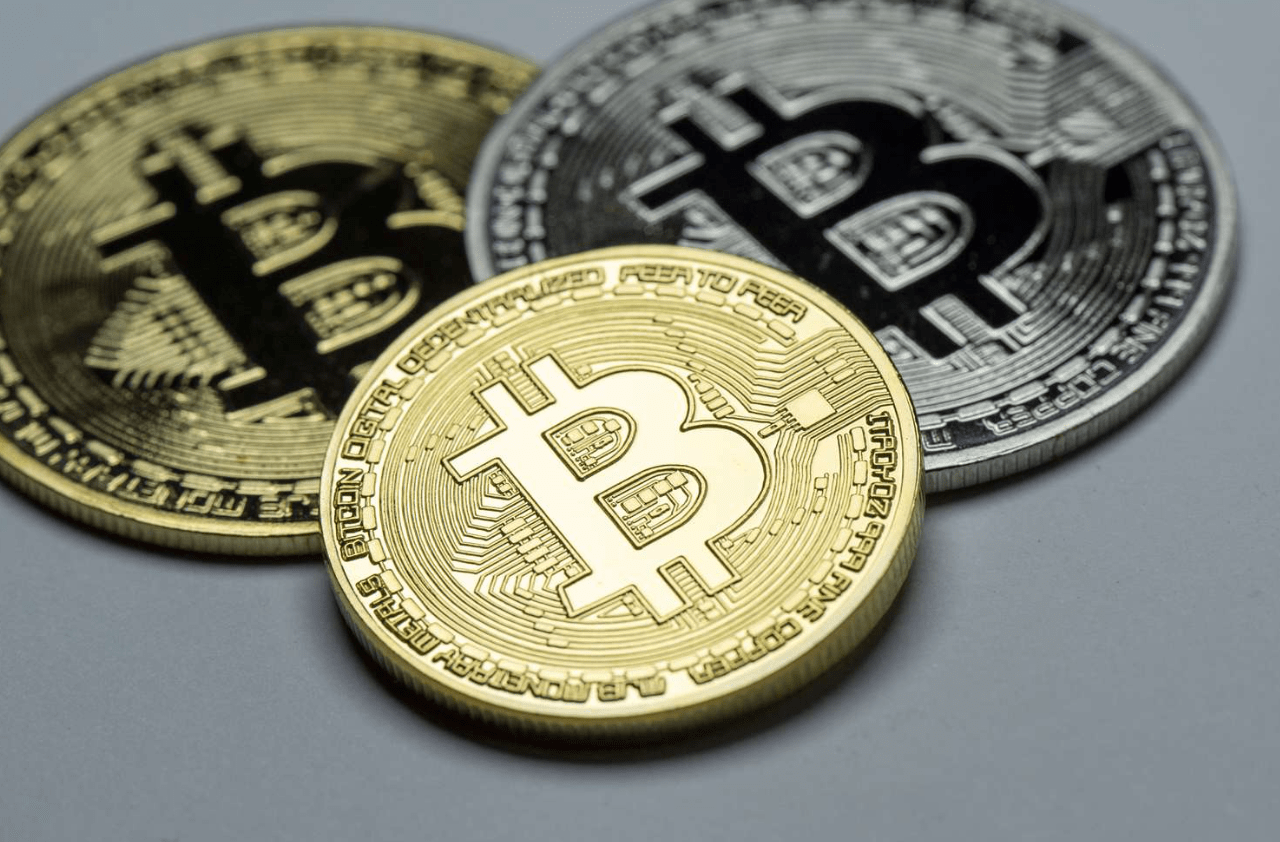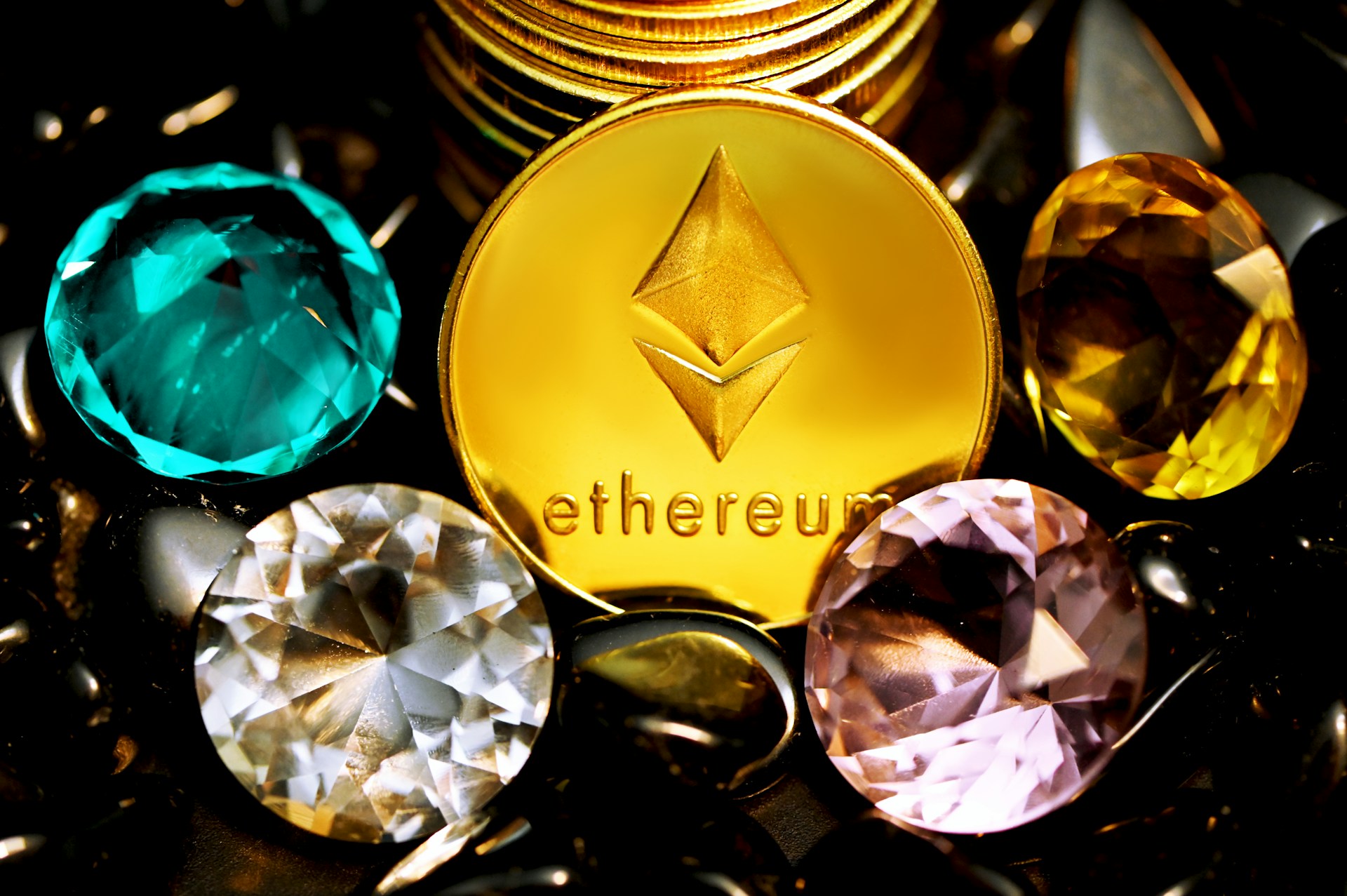Remember the days when Bitcoin was just a quirky tech experiment, whispered about in hushed digital tones? Fast forward, and suddenly everyone’s got an opinion, usually fueled by a glance at the latest bitcoin price USD. It’s like watching a rollercoaster designed by a mad genius – thrilling, terrifying, and often bafflingly unpredictable. But beneath the surface-level excitement (or panic) lies a complex interplay of factors that dictate where that digital gold is heading. This isn’t just about abstract lines on a chart; it’s about how a decentralized digital currency can sway global markets, influence investment strategies, and occasionally make your uncle feel like a crypto kingpin. So, grab your favorite beverage, buckle up, and let’s unravel the fascinating, sometimes perplexing, world of the bitcoin price in US dollars.
What’s Actually Moving the Bitcoin Price USD Needle?
It’s easy to blame “the market” or “big money” for every Bitcoin fluctuation, but the reality is far more nuanced. Think of it as a giant, decentralized auction where supply and demand are constantly locked in a cosmic dance. However, instead of a physical auctioneer, we have a symphony of forces, both rational and… well, a little less rational.
Supply Dynamics: Bitcoin has a fixed supply cap of 21 million coins. This scarcity is a fundamental driver, much like gold. New Bitcoins are mined, but the rate of new issuance halves roughly every four years (an event called “the halving”), which can significantly impact supply. Less new Bitcoin entering circulation means existing Bitcoin becomes proportionally more scarce.
Demand Drivers: This is where things get really interesting. Demand is fueled by a blend of institutional adoption, retail investor interest (often driven by FOMO – Fear Of Missing Out), and its utility as a store of value or a medium of exchange. When big companies announce they’re buying Bitcoin or when a country considers it legal tender, the demand can skyrocket.
Macroeconomic Influences: Believe it or not, Bitcoin isn’t entirely immune to traditional economic forces. Inflation fears, interest rate changes, and global economic stability can all push investors towards or away from digital assets like Bitcoin. Some see it as a hedge against inflation, while others view it as a riskier asset to shed in uncertain times.
The Emotional Rollercoaster: FOMO, FUD, and the Bitcoin Price USD
Ah, emotions. They’re the secret sauce (or perhaps the volatile spice) in the Bitcoin recipe. You can’t talk about the bitcoin price USD without acknowledging the psychological forces at play.
When Greed Takes the Wheel: The FOMO Effect We’ve all seen it. Bitcoin starts a strong upward trend, and suddenly, everyone wants a piece. This “Fear Of Missing Out” is a powerful motivator. People who might have been skeptical just weeks before are now scrambling to buy, pushing prices even higher. It’s a self-fulfilling prophecy, at least in the short term. In my experience, these FOMO-driven rallies can be spectacular but often lack sustainable fundamentals, leading to sharp corrections.
And When Fear Takes Over: The FUD Factor Conversely, negative news or rumors can trigger “Fear, Uncertainty, and Doubt” (FUD). A single tweet from a prominent figure, a regulatory crackdown scare, or a perceived security breach can send investors into a selling frenzy. This often leads to sharp price drops, which, in turn, can scare more people into selling. It’s a vicious cycle that highlights the market’s sensitivity.
Forks, Updates, and the Tech Behind the Price Tag
Bitcoin isn’t a static entity. The technology underpinning it is constantly evolving, and these changes can influence its perceived value and, consequently, its price. #### The Saga of Bitcoin Forks You might have heard of Bitcoin Cash, Bitcoin SV, or other “Bitcoin forks.” These occur when there’s a disagreement within the community about how to upgrade Bitcoin’s protocol. The network essentially splits, creating a new cryptocurrency. While the original Bitcoin (BTC) usually remains the dominant chain, these forks can create confusion, dilute attention, and sometimes even introduce new functionalities that affect the broader ecosystem. The outcome of these technical disagreements can ripple through the market. #### Network Upgrades and Scalability Solutions Beyond forks, there are ongoing efforts to improve Bitcoin’s speed and efficiency. Projects like the Lightning Network aim to make smaller, faster transactions possible. As Bitcoin matures and seeks wider adoption, improvements in its technical capabilities become crucial. Positive developments in scalability and security can boost confidence and demand, positively impacting the bitcoin price USD.
The Role of Regulation and Mainstream Adoption
Let’s be honest, the regulatory landscape for cryptocurrencies is still a bit like the Wild West. And where there’s uncertainty, there’s often volatility.
The Regulatory Tightrope Walk Governments worldwide are grappling with how to regulate Bitcoin and other digital assets. New laws, bans, or even just pronouncements from financial regulators can send shockwaves through the market. A clear, supportive regulatory framework can encourage institutional investment and broader adoption, while overly restrictive measures can stifle growth. It’s a delicate dance, and the music changes frequently.
When Institutions Jump In One of the biggest narratives in recent years has been institutional adoption. When established financial institutions, corporations, and even countries begin to accept, invest in, or build on Bitcoin, it lends legitimacy and signals increased demand. This “smart money” entering the space can significantly influence the bitcoin price USD, often leading to more stable upward trends than purely retail-driven rallies.
Beyond the Daily Grind: Long-Term Perspectives on Bitcoin Price USD
While the day-to-day fluctuations are often what grab headlines, seasoned observers tend to look at the bigger picture.
Is Bitcoin Digital Gold? The narrative of Bitcoin as “digital gold” is a powerful one. Like physical gold, Bitcoin is scarce, divisible, portable, and durable. Proponents argue that in an era of increasing fiat currency printing, Bitcoin offers a hedge against inflation and a store of value that governments can’t easily manipulate. This long-term belief in its utility as a global reserve asset is a significant factor for many investors.
The Evolving Use Cases Beyond being a store of value, Bitcoin’s potential use cases continue to evolve. As the network grows and technologies like the Lightning Network mature, we might see it used more for everyday transactions, cross-border payments, and even as a foundational layer for new financial applications. The growth of these real-world applications will undoubtedly shape its future price.
Wrapping Up: The Ever-Shifting Sands of Bitcoin Price USD
So, the next time you see the bitcoin price USD doing its characteristic jig, remember it’s not just random noise. It’s the culmination of supply and demand, psychological waves of greed and fear, technological advancements, and the ever-watchful eyes of regulators and institutions. It’s a fascinating blend of cutting-edge technology and very human behavior. While predicting the exact future bitcoin price USD is a fool’s errand (and frankly, more exciting when it’s a mystery!), understanding these underlying forces gives you a much clearer picture of the landscape. Now, the real question is: are you watching the ticker, or are you trying to understand the symphony behind the numbers?


